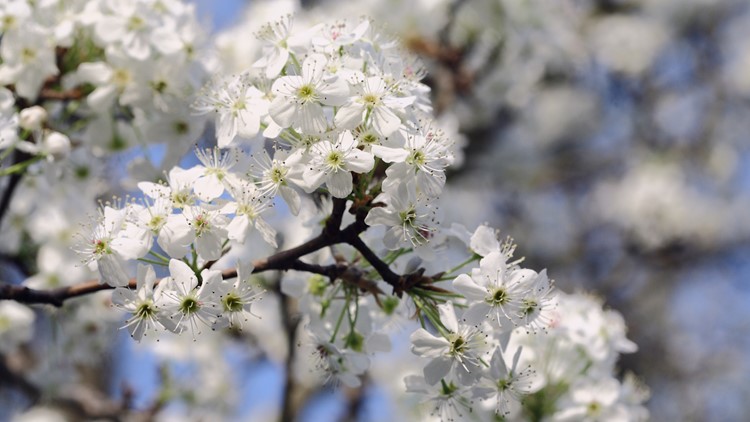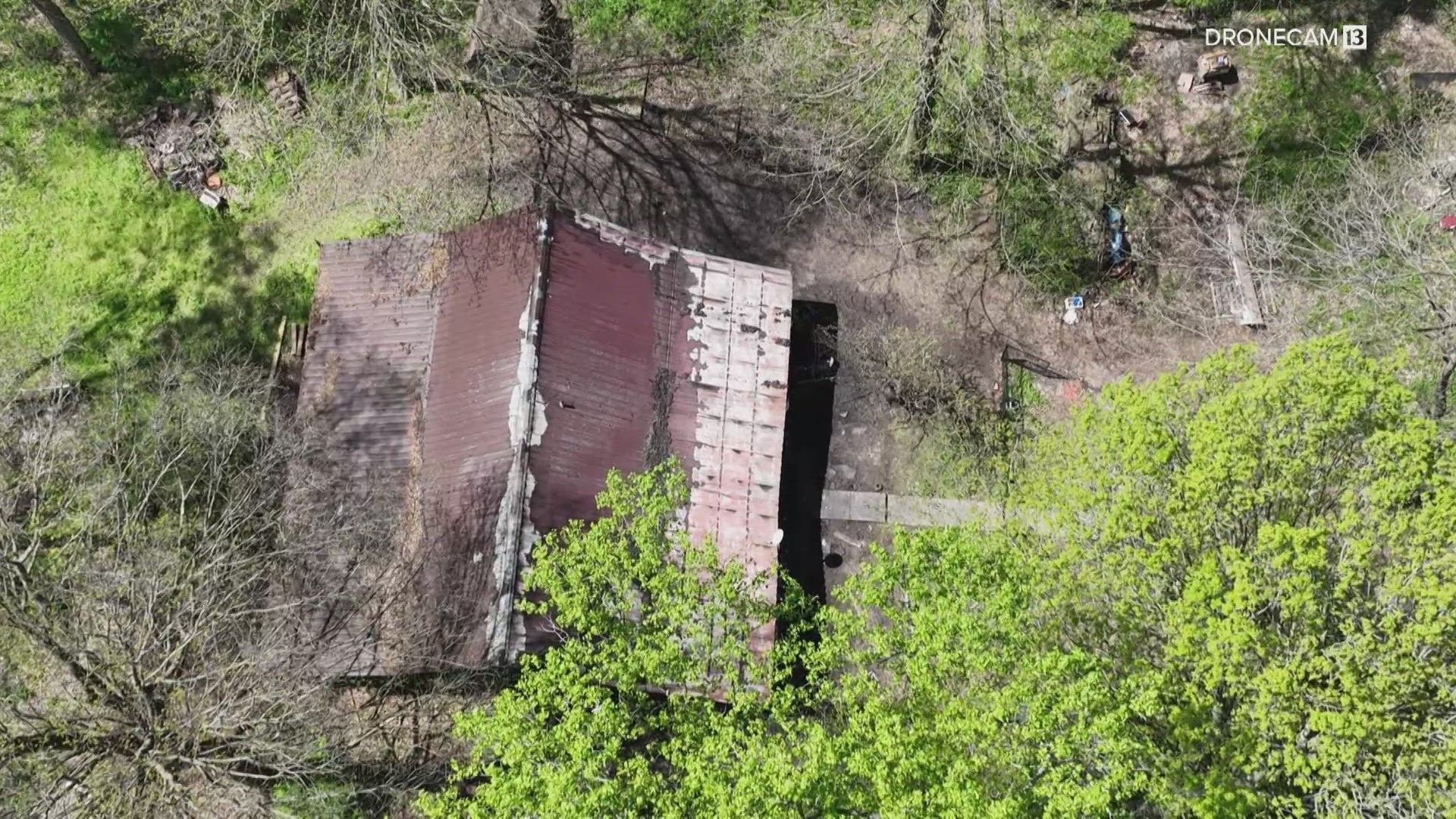SOUTH BEND, Ind. — South Bend is saying "sayonara" to a very pretty but invasive tree known for its distinctive smell.
Dozens of invasive plant species, including a commonly planted flowering tree, will be banned from being sold or planted in South Bend starting this fall under a new ordinance.
The South Bend Common Council unanimously approved the ordinance last week. The ban takes effect Sept. 1, but it does not apply to anything that's already planted, and many of the plants it covers aren't sold in garden stores.
But the list does cover the callery pear tree, which includes a cultivar known as Bradford pear. That tree is often planted for its bright white spring flowers, but it is very invasive.
The Bradford pear can currently be seen in bloom, with its small, white blossoms and distinctive smell.
And South Bend isn't the only Indiana city that doesn't want to see (or smell) the tree anymore.
City leaders in Fort Wayne shared a word of warning for homeowners heading into the spring planting season: Don't plant the stinky tree.
However, it's not just the smell that has the city asking homeowners to turn their backs to the tree. The trees aren't native and are considered to be invasive, fighting with native plants and trees for space and resources.
Experts say if you're in the market for trees for your yard, to research native varieties first.
"I would recommend trying to find a native species for your yard," Derek Veit, superintendent of forestry operations, told WPTA. "They're well-adapted for our environment. They're well-adapted for our soils, and you won't have to worry about this invasiveness. Our native species offer seeds and fruits that our native wildlife also enjoy. So planting native trees also encourages native animals."



